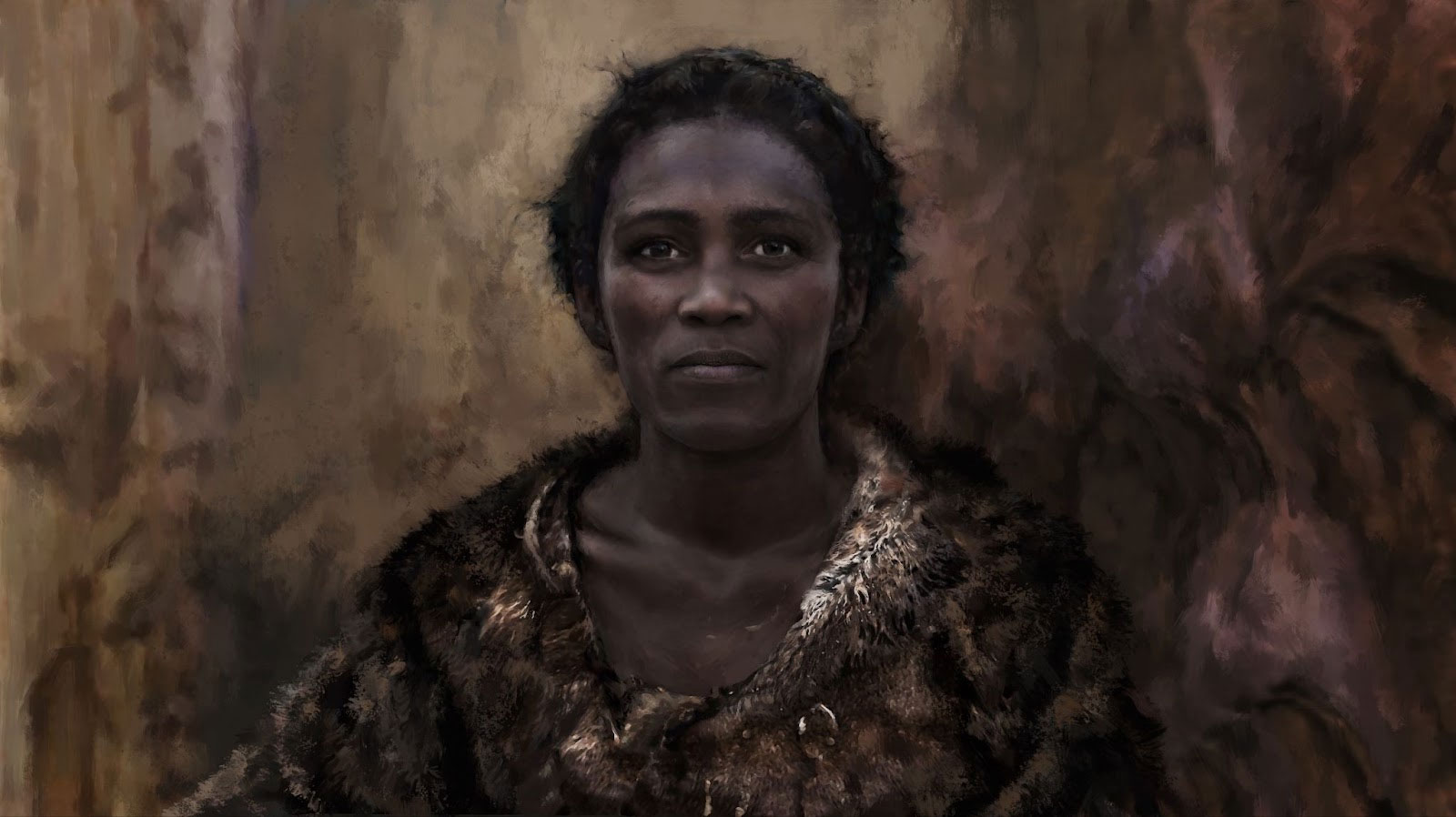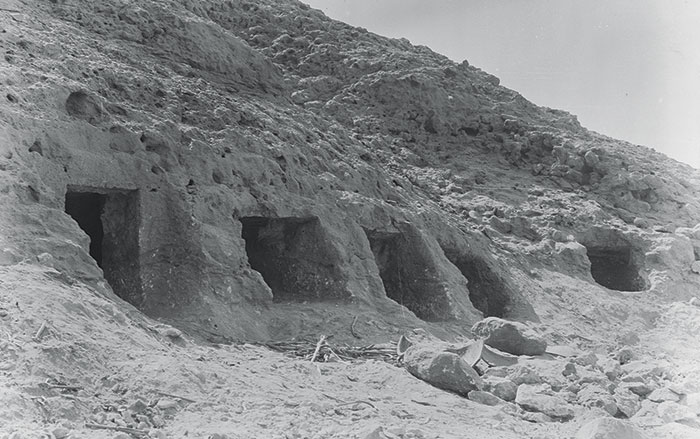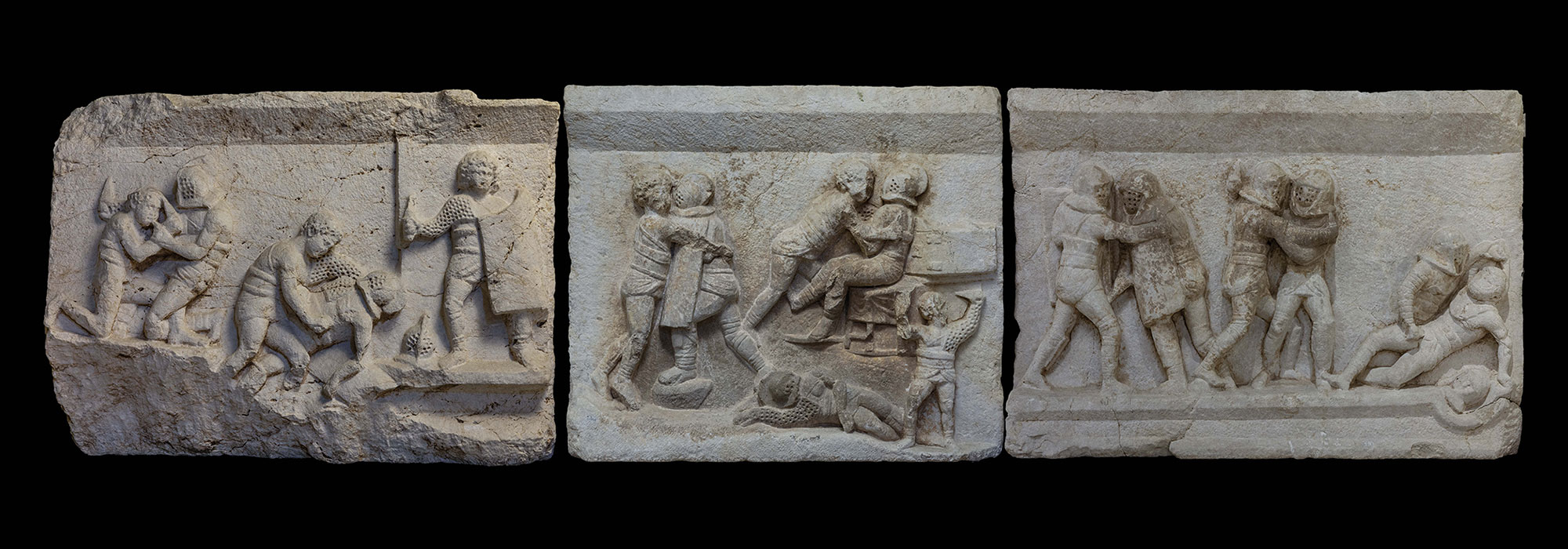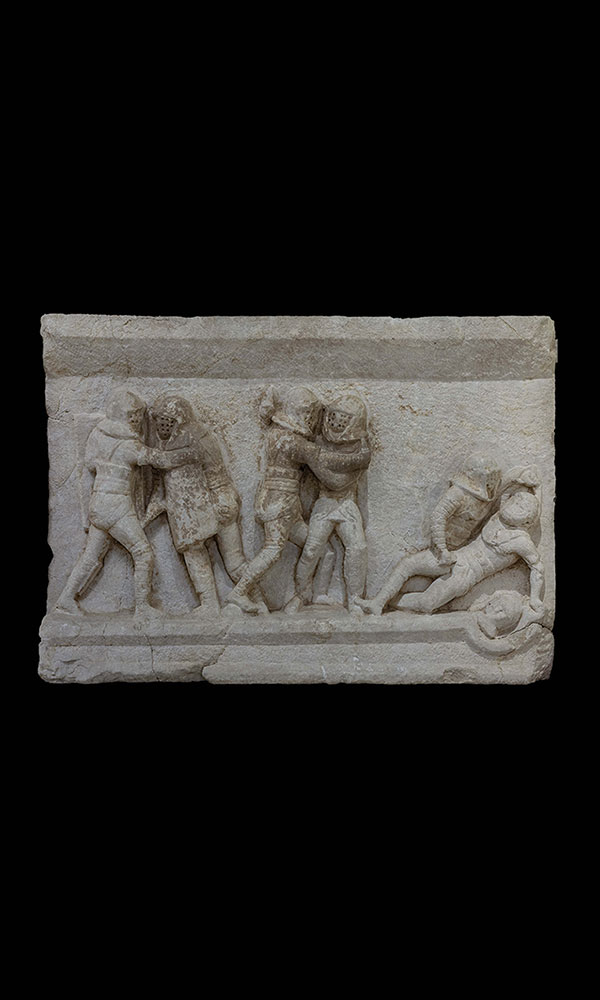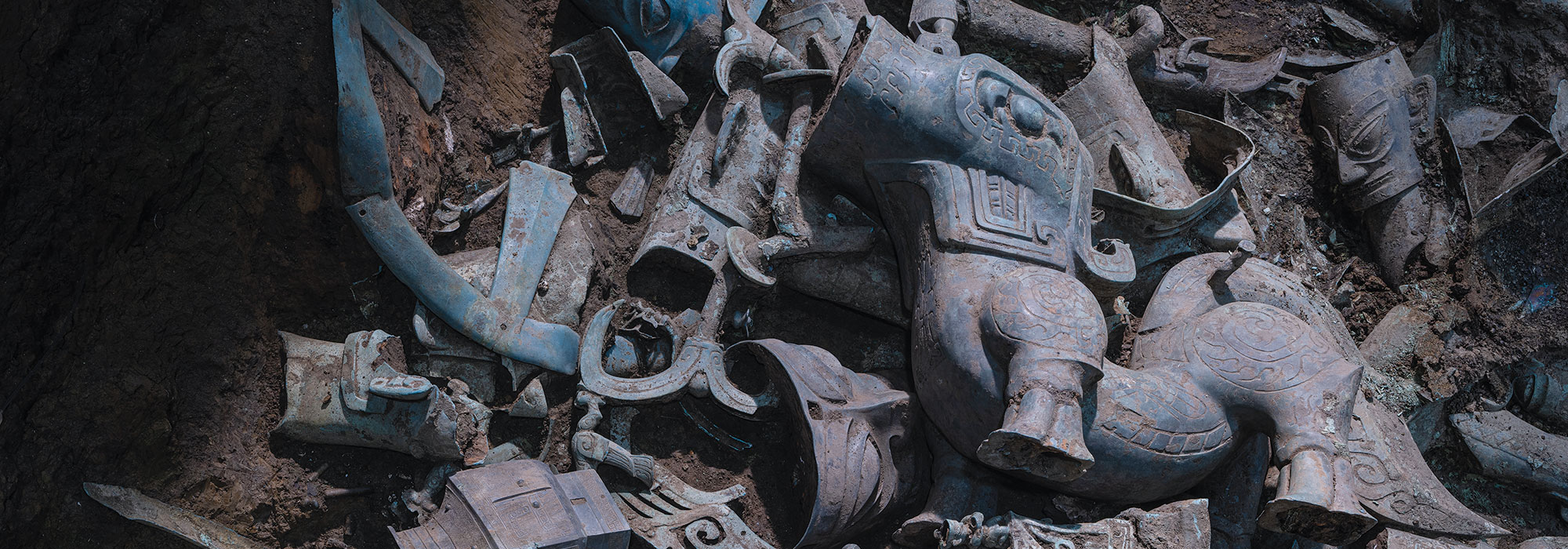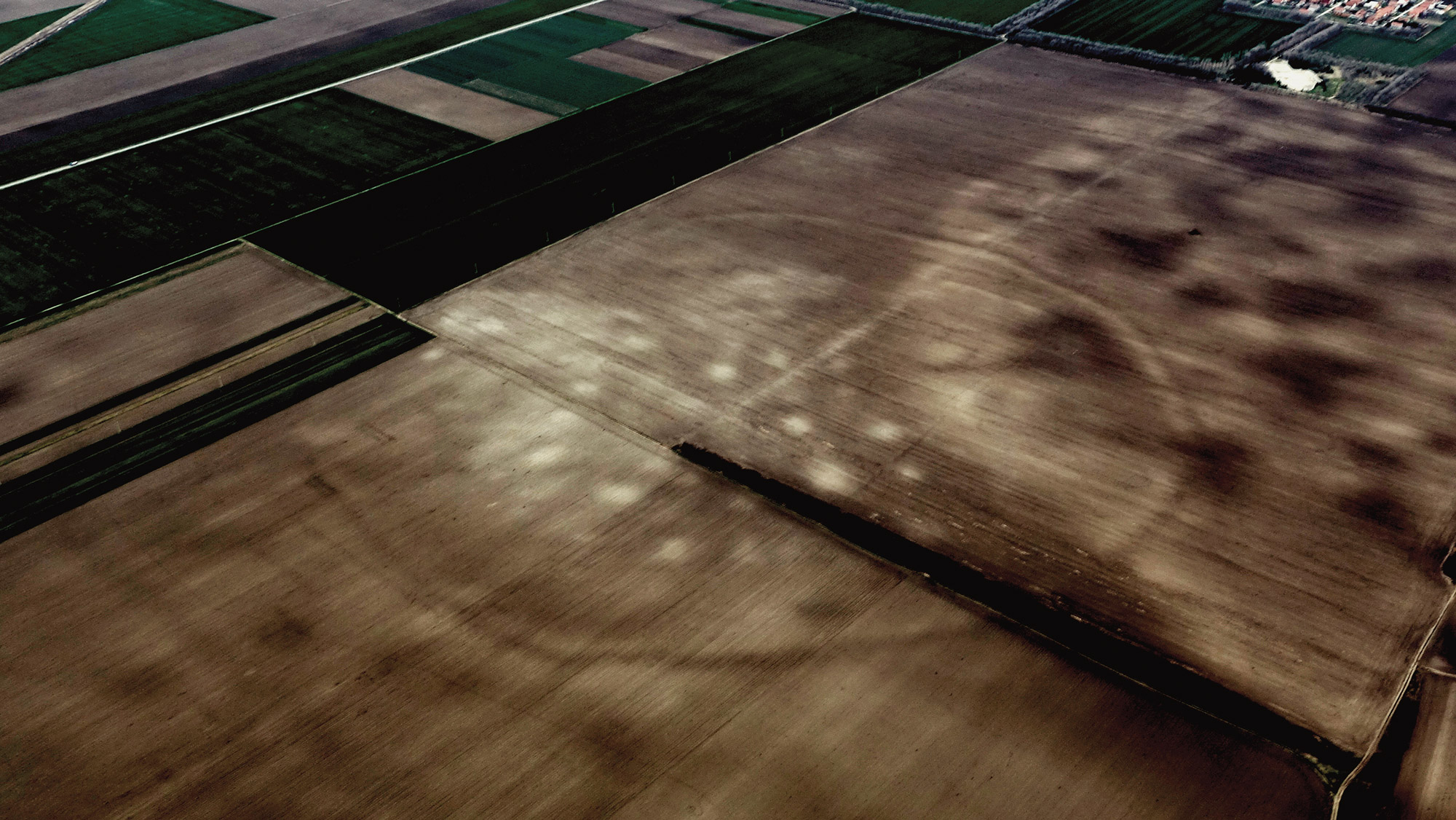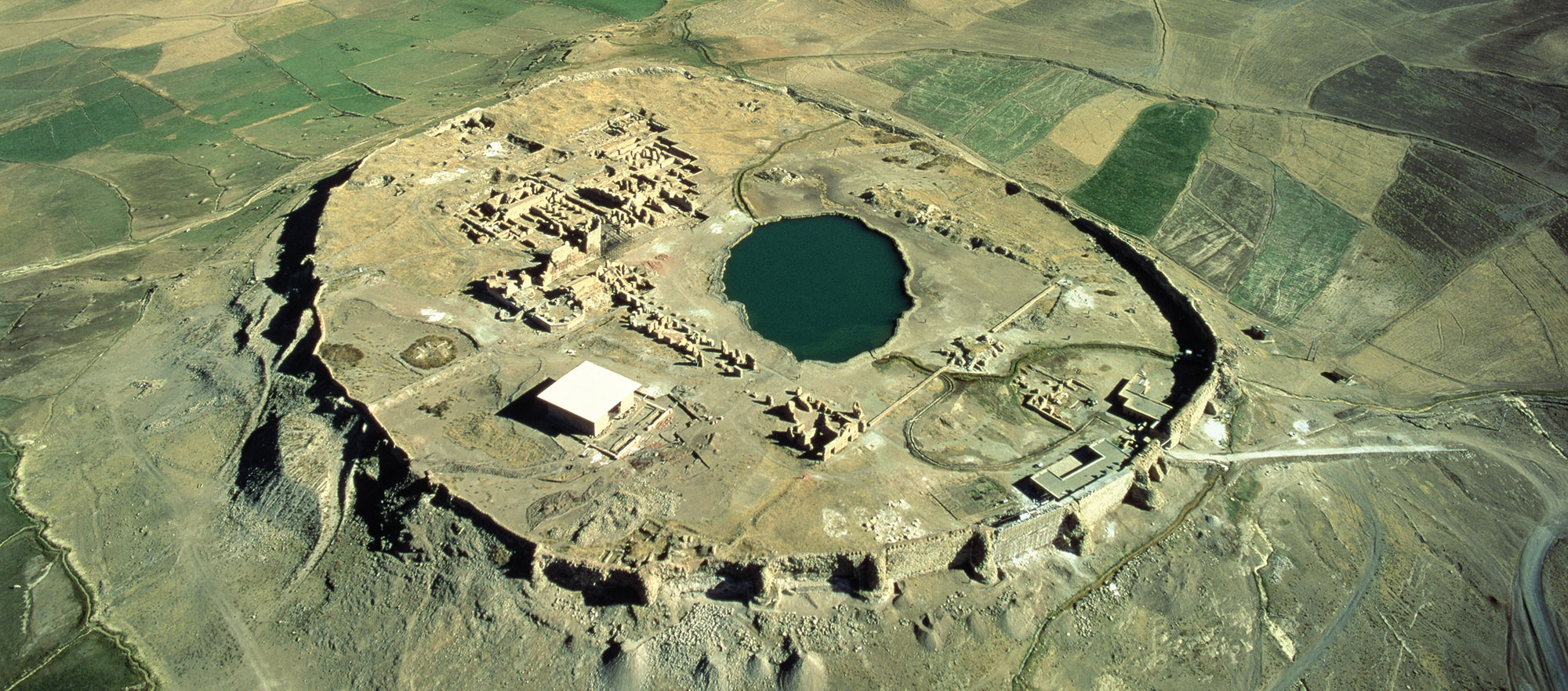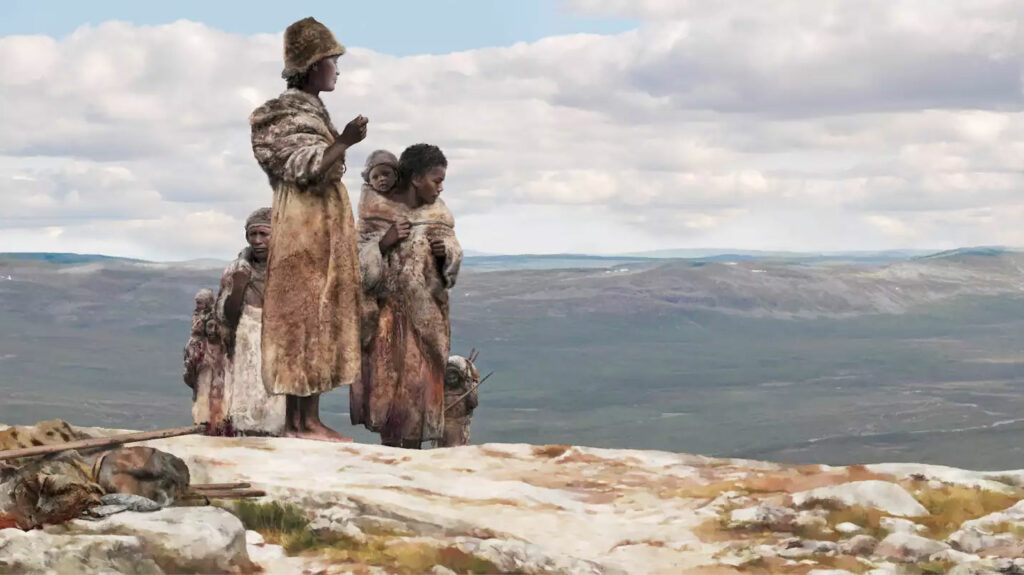
LEIPZIG, GERMANY—Live Science reports that two paleogenetic studies have demonstrated that Homo sapiens and Neanderthals interbred with each other in Eurasia during a relatively brief period after a major modern human migration out of Africa around 50,000 years ago. The researchers who carried out the studies believe that all Neanderthal DNA present in modern populations comes from this single, extended encounter. A team led by Johannes Krause of the Max Planck Institute for Evolutionary Anthropology sequenced the genomes of seven modern humans who lived between 42,000 and 49,000 years ago in present-day Germany and Czechia. They are the oldest modern human genomes to be analyzed to date. The researchers found that these peoples’ ancestors interbred with Neanderthals shortly after they left Africa, around 45,000 to 49,000 years ago, much later than scholars previously believed. Separately, a team led by evolutionary geneticist Leonardo Iasi, also of the Max Planck Institute for Evolutionary Anthropology, analyzed the Neanderthal DNA present in 335 modern human genomes from around the world. Their results showed that just a few Neanderthal groups contributed their DNA to modern humans, likely during a period that lasted no more than 7,000 years. To read more about recent developments in the field of paleogenetics, go to “Ancient DNA Revolution.”


